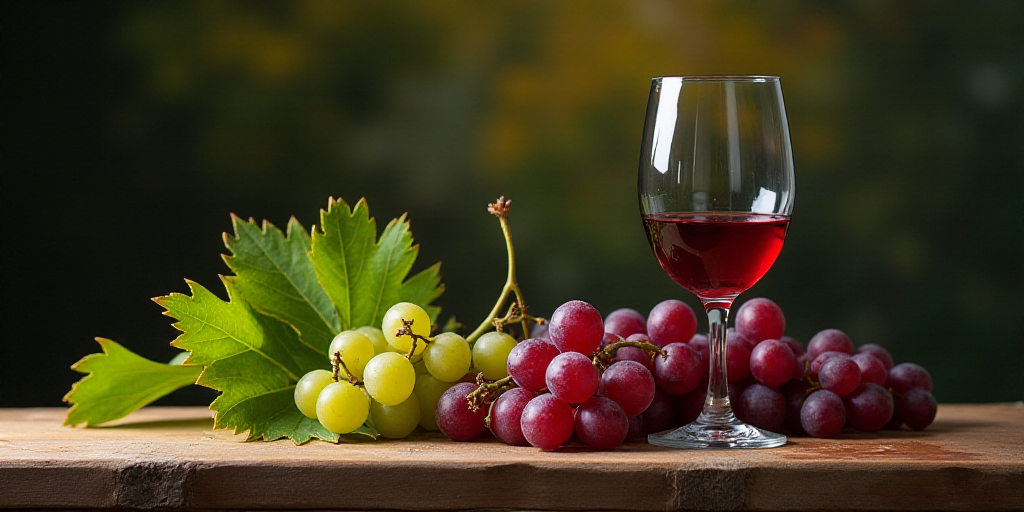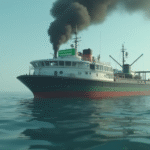Introduction to Alcohol-Free Wine
Floriane Maire, the Development and Research Director at Le Grand Chais de France, responsible for the Brut d’Argent sparkling wine brand, explains that in an alcohol-free world, there are alcohol-free wines, aromatized beverages, and beverages containing alcohol-free wine (juices). However, she focuses on the first one, which is what they produce.
Alcohol-free wine is the most challenging and expensive to produce, as it stays closest to the regular alcoholic wine experience. The challenge is even greater when dealing with sparkling wines.
Starting Point: Conventional Wine
To create alcohol-free wine, a conventional wine undergoes complete fermentation first. Since 2021, the European Union regulates and authorizes de-alcoholization, which can be done through three methods: distillation, reverse osmosis, and low-pressure distillation.
Brut d’Argent uses the third option. “During distillation, it’s put under pressure and the alcohol content is reduced. The temperature of ethanol is brought down to 30 degrees using vacuum, not heated completely like regular distillation,” explains Maire.
Recovering Aromas and Flavors
Removing ethanol also leads to the loss of volatile molecules responsible for aromas and flavors. With specialized technology, these molecules are captured at a certain point in the column and then re-injected into the alcohol-free wine.
This step might add minimal traces of alcohol, but within the legal European limit: 0.49%.
Hailing from Champagne, Floriane Maire has been researching cocktails, distillates, and alcohol-free wines for a decade, making her an expert in this process.
An Expensive and Demanding Method
The misconception that low-quality wines are used is false. For these wines, the base wine selection must be more stringent, as chaptalization (adding sugar to initiate fermentation) cannot be used since any defect is amplified when removing alcohol.
Moreover, the higher the initial alcohol content, the greater the volume loss during the process. De-alcoholization requires an investment of around 3 million euros in specialized equipment.
“The entire process must be aseptic, as there is no alcohol to protect the product,” advises Maire. “Additionally, costs increase by 50% compared to conventional wine, with the obligation to indicate a preferred consumption date of up to three years.”
European Regulations
According to European regulation, wines with protected designation of origin or geographical indication cannot be labeled as de-alcoholized, even if the process is applied. However, there are partial exceptions in regions like Loire and Pays d’Oc, where the alcohol content can be reduced to 6% but not to 0.0%.
The market for alcohol-free wines caters to consumers looking to cut calories, avoid loss of control, manage their health safely, and take care of it. These products contain 30-40% fewer calories than regular wines. For sparkling wines, the original carbonation is re-injected bottle by bottle, ensuring bubble quality.
However, red wines present a greater challenge: meeting the flavor expectation is difficult, and without alcohol, barrel-aged wines quickly lose balance and quality.
Key Questions and Answers
- What is alcohol-free wine? Alcohol-free wine is produced by de-alcoholizing conventional wines through methods like low-pressure distillation, reverse osmosis, or vacuum distillation while preserving aromas and flavors.
- Why is alcohol-free wine expensive? The process requires specialized equipment costing around 3 million euros, and the entire procedure must be aseptic due to the absence of alcohol for product protection. Additionally, costs increase by 50% compared to conventional wine.
- Can any wine be de-alcoholized? European regulations restrict protected designation of origin or geographical indication wines from being labeled as de-alcoholized, although the process can be applied. Partial exceptions exist in regions like Loire and Pays d’Oc.
- What are the challenges in producing alcohol-free sparkling wines? Maintaining the balance of flavors and ensuring high-quality carbonation are significant challenges in creating alcohol-free sparkling wines.
- Why is alcohol-free wine gaining popularity? Alcohol-free wines cater to health-conscious consumers looking to reduce calories, avoid loss of control, and manage their health safely.






